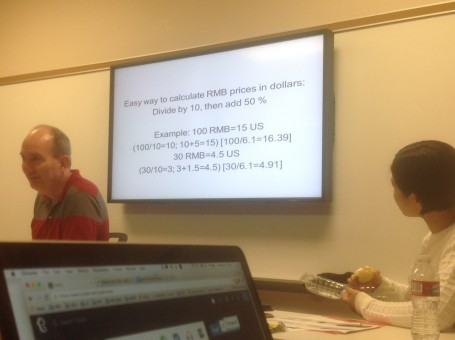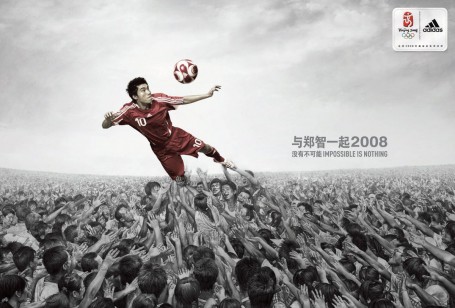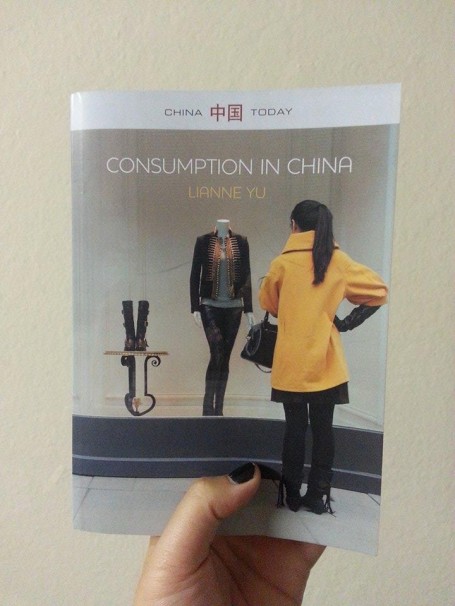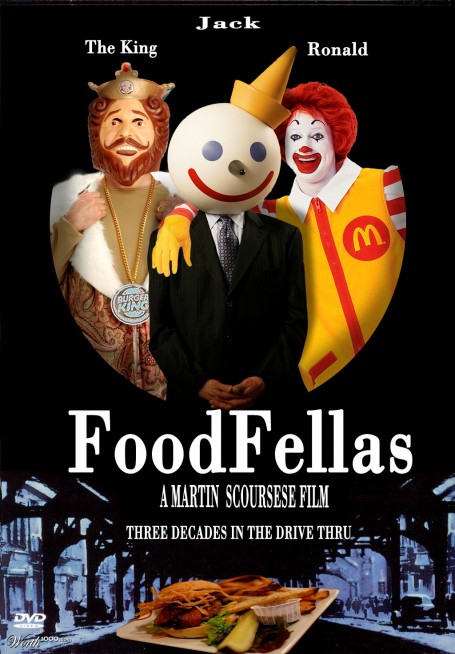By: Jon Peppin, Michelle Ngan, and Psalm Chang
Jon
As our trip to China draws closer and closer, I cannot help but be amazed at how rapidly our class has flown by. Although our course is labeled “Consumer Culture in China,” I feel as if I have learned an incredible amount about China’s history and political atmosphere in only 7 short days (information that normally entails a semester of study in other political science courses I have taken).

This RMB calculator slide might come in handy while in China, but more importantly, our great professor and TA made it in the shot.
In terms of my own topic, I am extremely excited to study the reciprocal relationship between producer and consumer and all the characteristics of consumption in China on a first-hand basis. I plan to focus in on the electronics industry, with the domestic cellphone distributor, Xiaomi, being the center of my analysis. For my two page paper, I focused in on brand representation as a marketing strategy for the Xiaomi corporation, and the idea of consumption as a means of identity reinvention. It will be fascinating to examine the prevalence of this degree of consumption-induced identity in greater detail.
I am further looking forward to sharing and joining ideas with my group members; our objects of consumption span a wide range of interests, from the marketing of cosmetics, to the spreading of religious ideology. Although I am not absolutely certain as of now in terms of what area of emphasis we plan to hone in on––whether it be national v. international marketing, or the marketing of tangible v. intangible goods, I am looking forward to whatever adventures our studies will bring, and am extremely enthusiastic to be able to forge our own pathways towards our discoveries.
Michelle
In our class thus far, we have read a variety of extraordinarily informative texts concerning consumer culture in China and globalization. I thought I had a good idea of what globalization was, but after the first day of class, I remember leaving the classroom not really knowing what globalization really meant. It’s really interesting reading these different texts and trying to develop an idea of globalization and determine its effects in China, particularly urban Chinese consumers. These readings, and our subsequent discussions of them, have really opened my eyes to what these consumers are like.
Throughout this past week and a half, we have been examining advertisements marketed towards these urban Chinese consumers, and analyzing them using techniques gained from our readings. It’s certainly helped me to look at an advertisement more objectively — not only the advertisements in class, but also the ones that I encounter every day here in the U.S. For my two-page paper, I focused on two advertisements released by Adidas as part of the transnational #mygirls campain: one during the 2008 Beijing Olympics and the other in 2013. An interesting similarity between the two ads was the lack of marketing of clothing; rather, it appeared that Adidas was attempting to market the brand itself and the fact that its values aligned with the intended audience’s values of support networks.

This first ad features Chinese national football captain Zheng Zhi.

This second ad features Taiwanese girl group member Hebe Tian.
This will be my first time traveling to China. I am really excited to travel to China and see all the tourist spots, as well as gather evidence for the final paper, for which I am focusing on clothing advertisements for local and foreign clothing brands. So far, it’s been great getting to know everyone and preparing for the upcoming trip!
Psalm
Echoing the sentiments of my two group mates, I am amazed by how much knowledge I have learned thus far in less than two weeks of class. Time goes by pretty fast, as the subject of the globalization of China and consumer culture is of interest to me. To be honest, I have never studied anything close to the topics we have been examining, so everything I am taking in is new and I am excited to apply the information learned while conducting research. Although the readings are lengthy and sometimes dense, the various texts we read are all adding to the tools that I will take with me to China and after finishing the course. One thing I’ve especially enjoyed reading is Lianne Yu’s book, Consumption in China, as it presents recent research and case studies that look into how China’s rapid development affects so many aspects, even beyond consumer culture, of Chinese people’s lives.
My two-page paper focused on two temples in China, Hanshansi Temple and The City God Temple of Shanghai. I looked into the different levels of appeal that each site presented, and how it was translated into different target audiences. The Hanshansi Temple is geared toward a broader audience, while The City God Temple focuses on those who practice the religion. Writing this paper brought me to realize that I will have to look further into religions, especially those practiced widely in China. To take a look at the websites I used, visit http://loading.hanshansi.org/index.html and http://www.shchm.org/
I’m sure our next post will find us intrigued by an even wider amount of knowledge and getting to know more about each other as we go off to experience China for ourselves!








